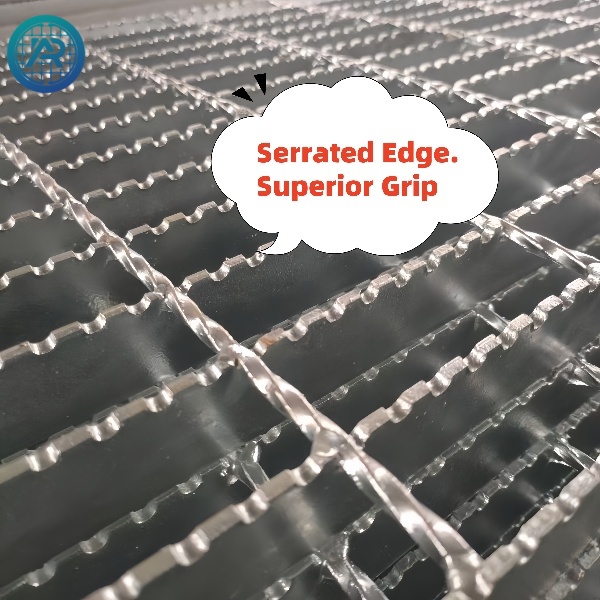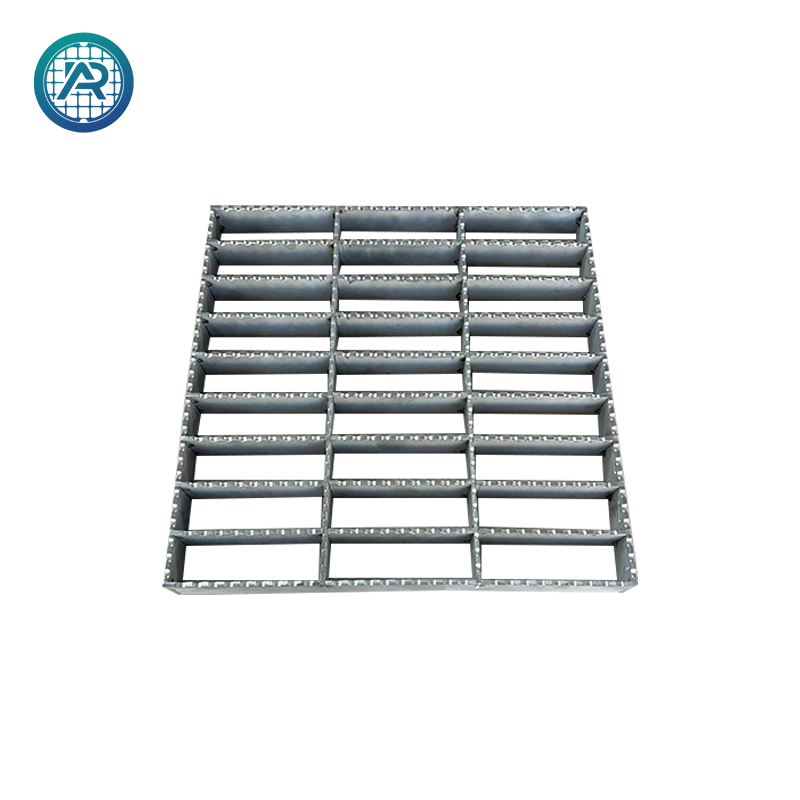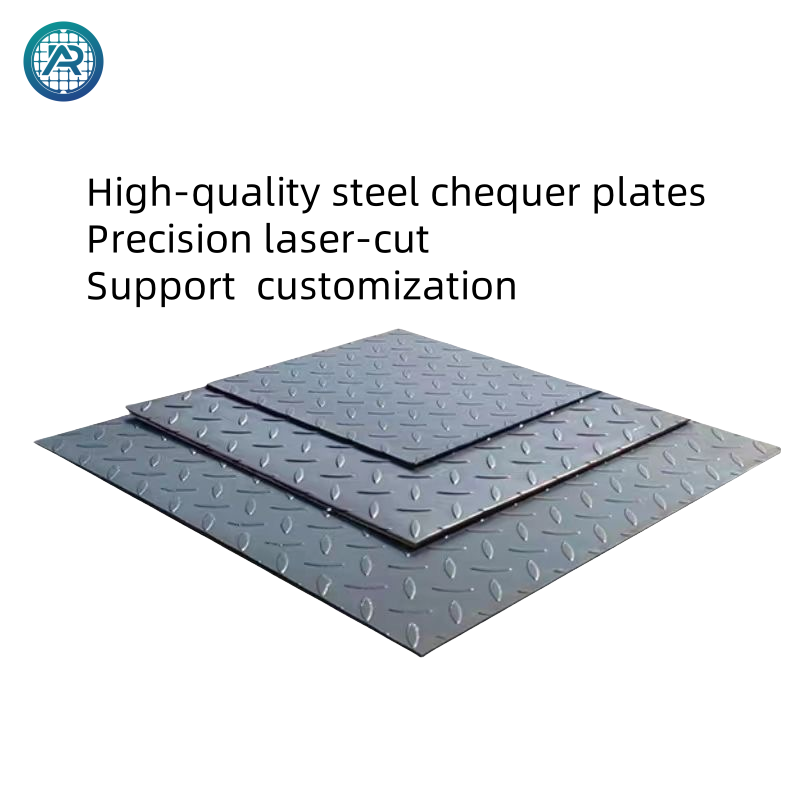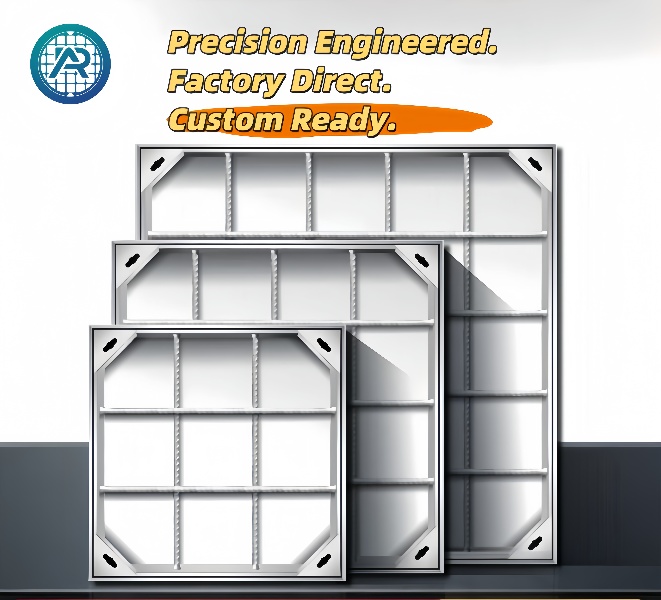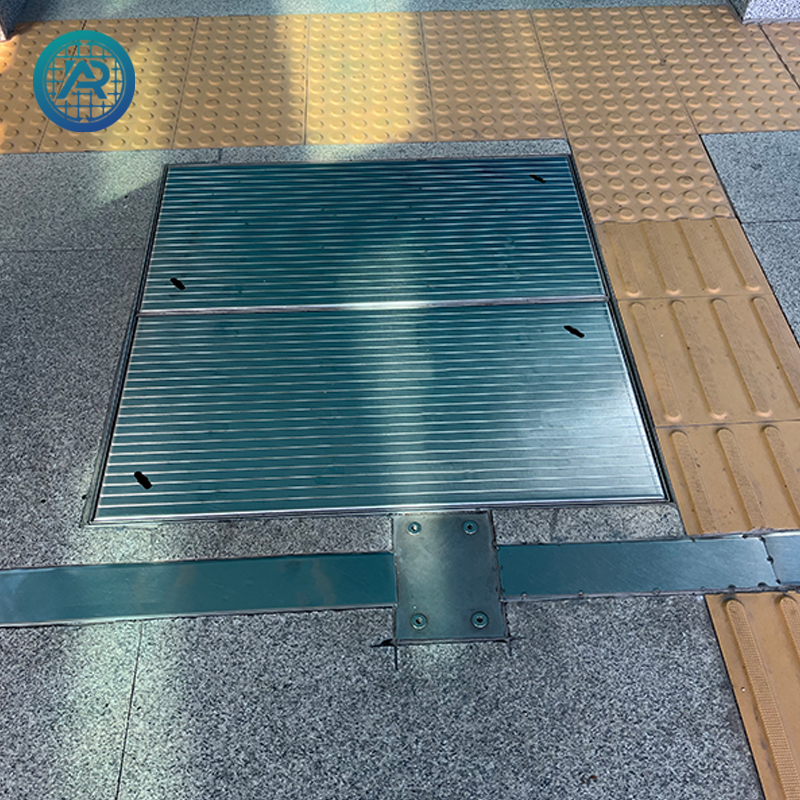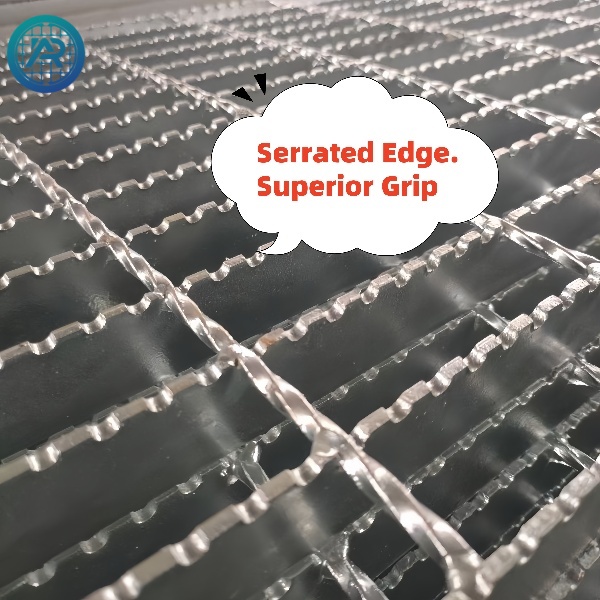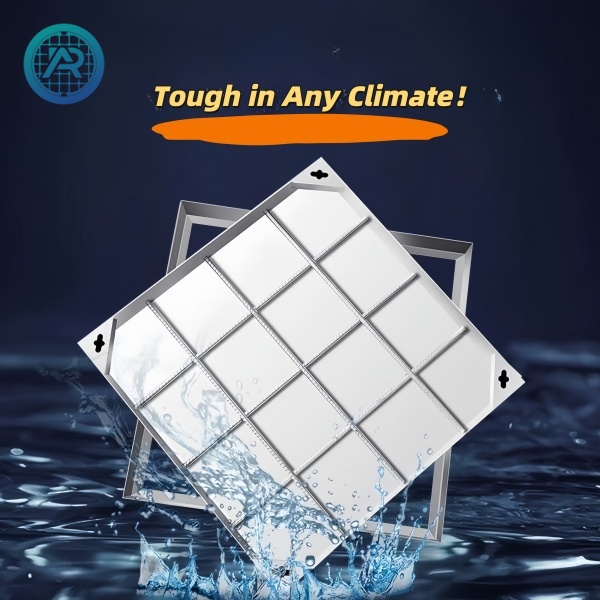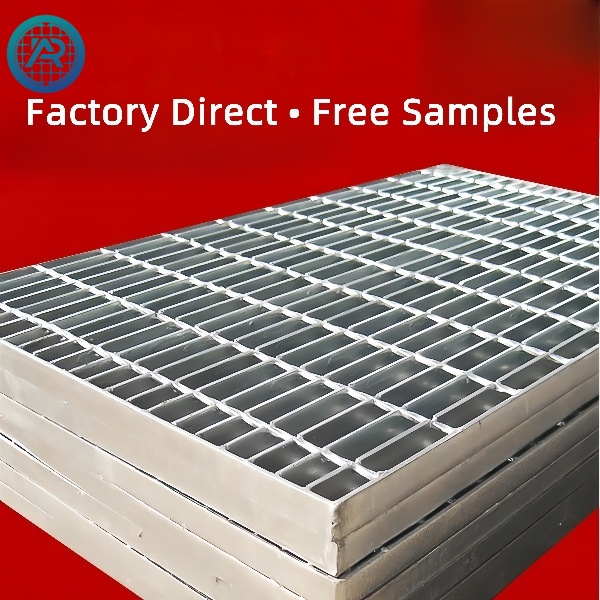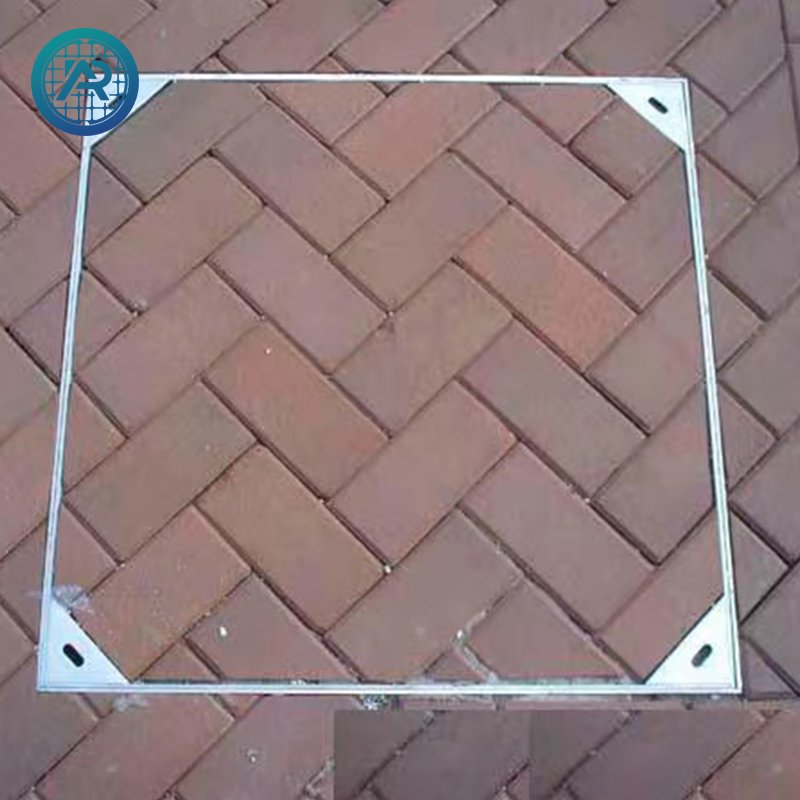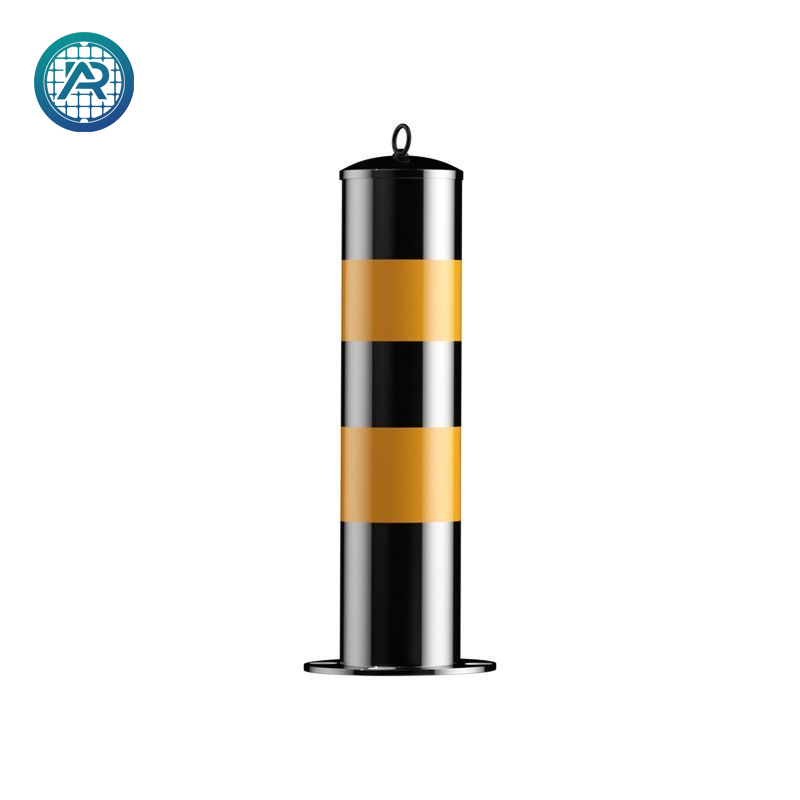FRP manhole covers and frp chamber covers have revolutionized urban infrastructure with their unique combination of lightweight durability (30% lighter than cast iron), corrosion resistance (withstands pH 1-13 environments), and electrical insulation properties (dielectric strength ≥15kV/mm). This 2500-word guide explores the complete manufacturing journey of these composite marvels.
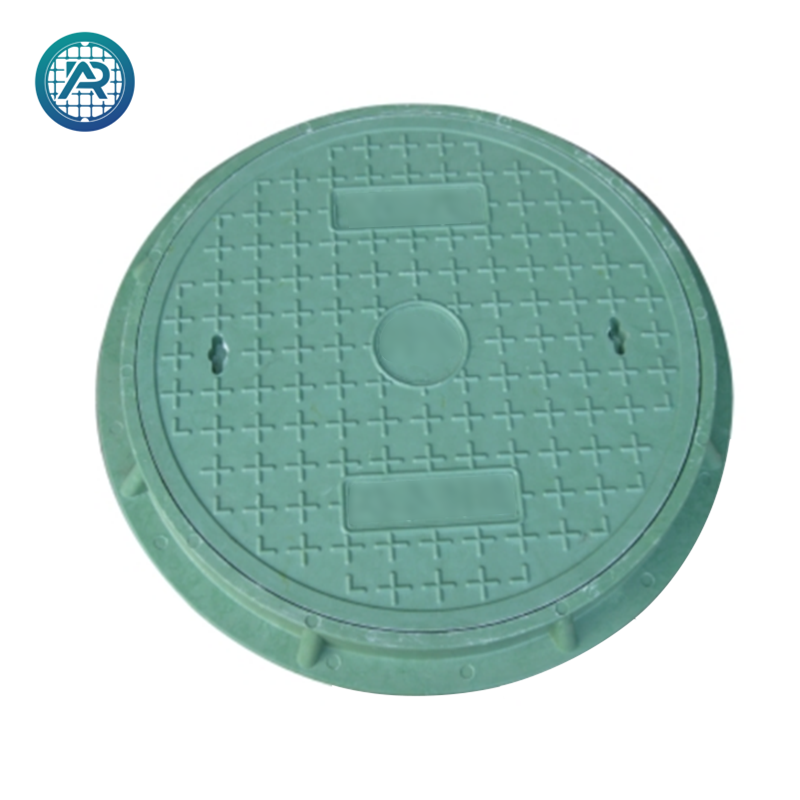
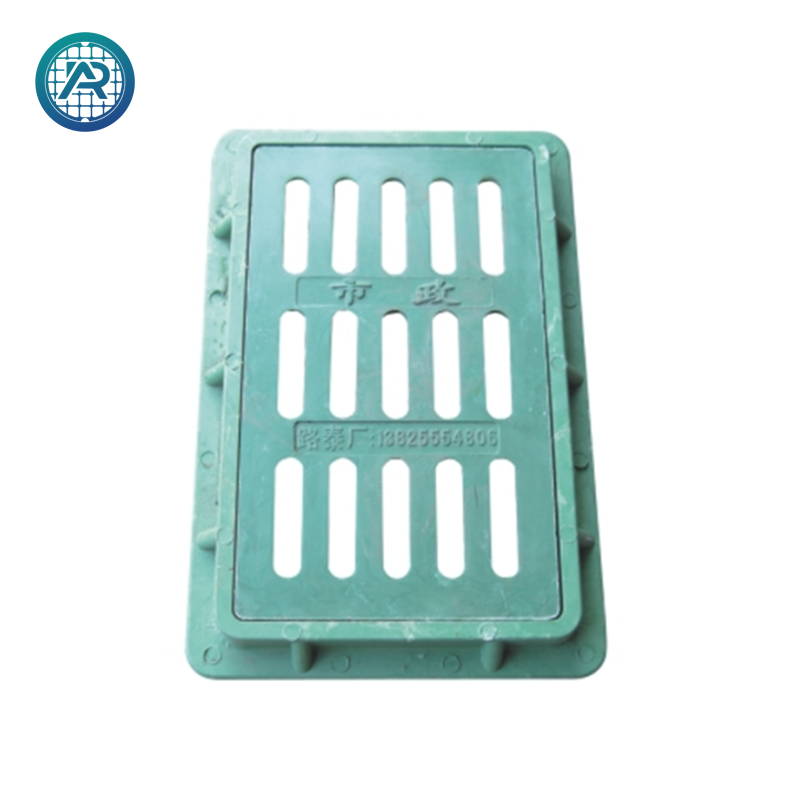
I. Material Selection & Preparation
Matrix Materials
Unsaturated Polyester Resin: Dominates 80% of FRP manhole cover production due to cost-effectiveness ($2.5-3/kg) and fast curing. Orthophthalic type for general use, isophthalic for chemical resistance.
Epoxy Resin: Used in premium frp chamber covers requiring ≤0.1% water absorption, especially in submarine cable chambers.
Reinforcement
FRP manhole cover: 4 layers of 600g/m² woven roving + 2 layers 450g/m² CSM
Frp chamber cover: 3 layers 800g/m² unidirectional fabric + 1 layer 300g/m² veil mat
E-glass Fiber: Standard choice, providing tensile strength of 1500-2000MPa.
Layer configuration:
Additives
Fire retardancy: Aluminum trihydrate (ATH) 50-60% loading for UL94 V-0 rating
UV protection: 2% titanium dioxide pigment
II. Mold Engineering
*Critical for achieving ≤0.5mm/m dimensional tolerance*
Mold Types
Cast steel molds for FRP manhole covers (500+ cycles lifespan)
CNC-machined aluminum molds for complex frp chamber covers
Surface Treatment
3-step polishing (400→800→1500 grit)
Semi-permanent PTFE release film application
III. Layup Process Breakdown
Step 1: Gel Coating
Spray 0.5mm thick isophthalic gel coat (80% resin + 20% filler) using HVLP guns at 60PSI. Cure until tack-free (40min @25℃).
Step 2: Structural Lamination
Hand lay-up sequence for FRP manhole cover:
Layer 1: 300g CSM (resin ratio 70%)
Layer 2: 600g 0/90° woven roving (resin 50%)
Repeat 4×, totaling 6.8kg/m² fiber content
Frp chamber cover specialized layup:
Radial fiber orientation around bolt holes
Foam core sandwich structure (20mm thickness)
Step 3: Vacuum Bagging (Optional)
Enhances fiber/resin ratio to 75:25, reducing voids <1%. Typical parameters:
Vacuum level: -29inHg
Duration: 90min
IV. Curing Science
Exothermic Control
Maximum exotherm ≤130℃ to prevent cracking
Use slow-cure MEKP (1.5% dosage) for thick-section FRP manhole covers
Post-Curing Schedule
Ramp: 2℃/min to 80℃
Hold: 4hrs for full crosslinking
V. Demolding & Machining
Ejection System
6-8 pneumatic ejector pins @ 80PSI
Draft angles: 3° minimum
CNC Trimming
Waterjet cutting @ 60,000PSI
Positional accuracy: ±0.2mm
VI. Quality Assurance Protocols
Mechanical Testing
IP68 waterproofness (1m water immersion ×24hrs)
15kV partial discharge test
400kN compression test (simulating 40-ton truck load)
250,000-cycle fatigue test @ 10Hz
FRP manhole cover:
Frp chamber cover:
Chemical Resistance
30% sulfuric acid (weight loss ≤1.2mg/cm²)
5% NaCl salt spray (ASTM B117)
90-day exposure to:
VII. Smart Manufacturing Trends
IoT-Enabled Covers
Embedded strain gauges for real-time load monitoring
RFID tags for asset management
Sustainable Production
30% recycled glass fiber content
UV-curing resins reducing VOC by 70%

